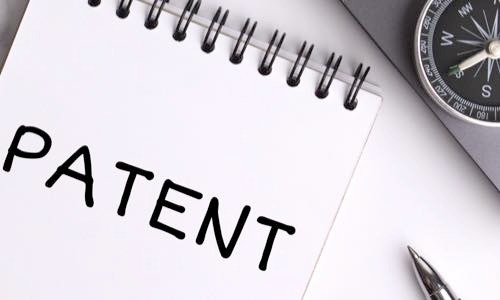How Much For Just the Patent? Simplifying Acquisition Strategies
Acquiring a company primarily for its patents leads to a significant shift in acquisition strategy.


In a recent transaction I was involved in, a client showed interest in acquiring a company primarily for its patents, leading to a significant shift in acquisition strategy. This experience sheds light on the effectiveness of narrowing the focus to the essential elements in a deal. Here's how this approach streamlined the process and led to a successful acquisition:
Target Company's Reluctance to Sell: The company in question was not actively looking to sell. The owners were open to an exceptional offer but preferred retaining ownership.
Buyer's Specific Interest: My client was solely interested in the company's patents. These patents represented the core value for them, and they were not willing to invest in the other aspects of the company which, though valuable, were irrelevant to their interests.
Patents as a Compromise: Recognizing that the patents were not being actively utilized by the company, the sellers were more inclined to negotiate their sale. This approach was seen as a win-win, allowing the sellers to retain their company while monetizing underutilized assets.
Simplified Due Diligence: The focus on patents simplified the due diligence process. Since patents are public, most of the necessary information was already available, allowing for a quicker and more efficient evaluation.
Quiet Acquisition: Opting for a patents-only deal appealed to the buyers due to the discretion it allowed. Acquiring intellectual property often doesn’t necessitate public announcements, thus not tipping off competitors about strategic moves.
Tax Advantages: In several countries, including the US, Canada, and the UK, buying intangible assets like patents offers tax benefits. In the US, for instance, the purchase price of such assets can be amortized against future tax liabilities over 15 years, potentially enhancing the value of the patents by over 10%.
This case exemplifies how focusing on the key value proposition in a deal can lead to a more streamlined and successful negotiation. When faced with challenging negotiations, identifying and concentrating on the primary value drivers can often pave the way for a more agreeable and beneficial outcome for all parties involved.
Would you like to add to the conversation? We are discussing this patent acquisition here on LinkedIn.
